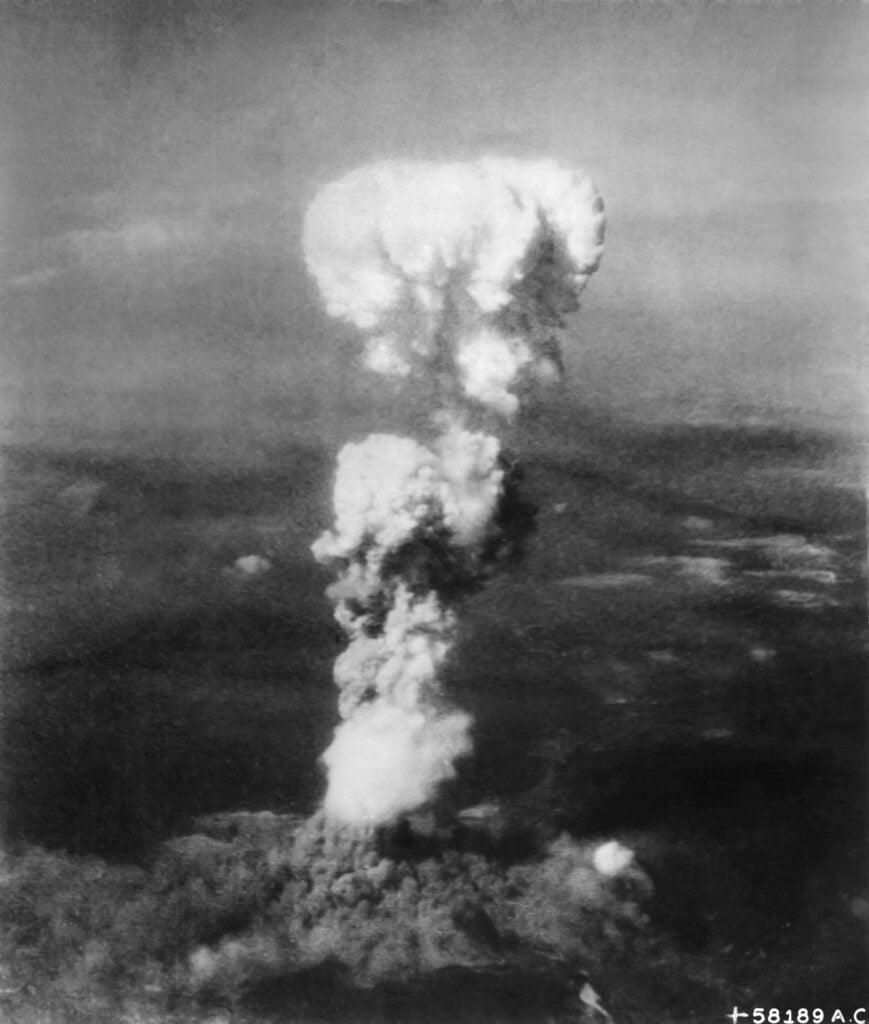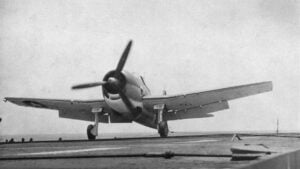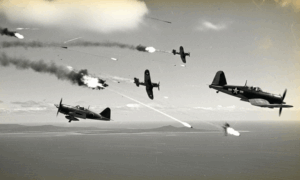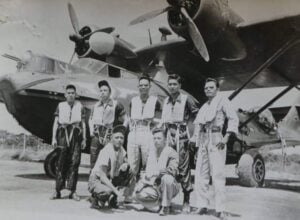The Story of the WWII Aircraft Behind the Deadliest Missions in History

United States Air Force, Public domain, via Wikimedia Commons
The Birth of an Unmatched Warplane
In the early 1940s, as the world was gripped by total war, American engineers began building an aircraft that would redefine long-range bombing. The Boeing B-29 Superfortress was designed to fly higher, faster, and farther than any bomber before it. Its purpose was clear—to bring the war to Japan’s doorstep and shorten the conflict that had already consumed millions of lives.
The project began in 1940, when the U.S. Army Air Corps demanded an aircraft that could carry a 20,000-pound bomb load across 5,000 miles and fly at 30,000 feet. Meeting those goals required an enormous leap in engineering. Boeing’s team in Seattle and Wichita faced constant risks: overheating engines, unreliable materials, and the challenge of maintaining cabin pressure at high altitudes. After countless tests, the prototype took flight in September 1942. With that first lift-off, a new era of aerial warfare had begun.
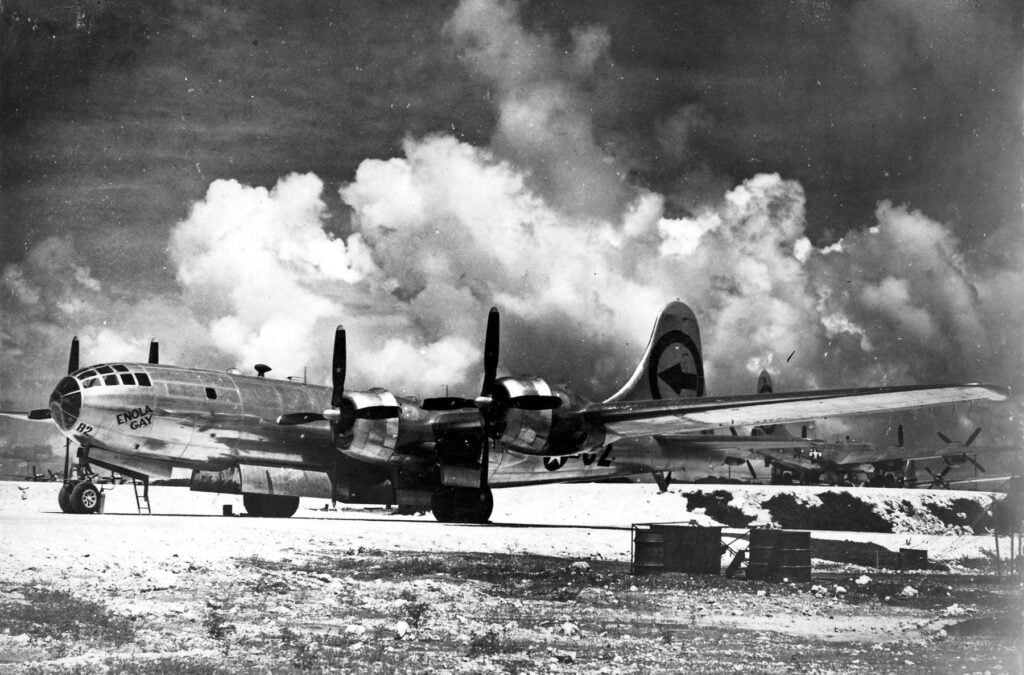
Engineering Beyond Its Time
The B-29 introduced features decades ahead of its time. Its pressurized cabin allowed crews to fly long missions in freezing, low-oxygen conditions without exposure to the elements. Its remote-controlled gun turrets were operated electronically, giving gunners a 360-degree field of fire without leaving the safety of the cabin.
Power came from four Wright R-3350 engines, each producing over 2,200 horsepower. This gave the aircraft speeds of nearly 360 miles per hour—unheard of for a bomber of its size. However, the engines often overheated, leading to dangerous fires and frequent maintenance problems. Despite those flaws, the B-29 became the most complex aircraft of the war, involving thousands of workers and the largest industrial investment America had ever made for a single weapon.
A Weapon That Changed the Pacific War
By mid-1944, B-29s began flying from newly built bases on the Mariana Islands—Saipan, Tinian, and Guam. From there, they could reach the Japanese mainland for the first time. The earliest raids targeted military depots and industrial areas, but accuracy from high altitude proved difficult. Commanders soon adopted low-level night attacks using incendiary bombs.
On March 9–10, 1945, over 300 B-29s filled the skies above Tokyo in a single massive raid. The attack created a firestorm that destroyed more than 16 square miles of the city and killed over 100,000 people. It became the most destructive air raid in history. Similar operations followed in Nagoya, Osaka, and Kobe, leaving much of urban Japan in ruins before the war’s end.

The Final Missions and Aftermath
Two specially modified B-29s, named Enola Gay and Bockscar, carried out the final strikes of the war. In August 1945, they dropped the first atomic bombs over Hiroshima and Nagasaki. The destruction was beyond anything seen before. Within days, Japan surrendered, and World War II ended. For the crews, it meant returning home alive. For the world, it marked the beginning of the atomic age.
After the war, the B-29 continued flying in the Korean War, dropping hundreds of thousands of tons of bombs before jet aircraft replaced it. By the 1950s, most were dismantled or scrapped. Only a few survived, preserved in museums or stored in the dry air of the American desert. Today, just two remain airworthy—Fifi and Doc—painstakingly restored by volunteers who spent years returning them to the skies.
A Legacy Etched in Memory
The B-29 was a product of unmatched ambition and industrial effort. It ended one war and helped shape the next generation of bombers, including the B-50 and B-52. But beyond its technological legacy, it stands as a reminder of how human innovation can both protect and destroy.
When Fifi or Doc flies today, the low rumble of their engines no longer signals war—it carries the echoes of an age when airpower changed the course of history and when the line between victory and tragedy was drawn across the sky.
